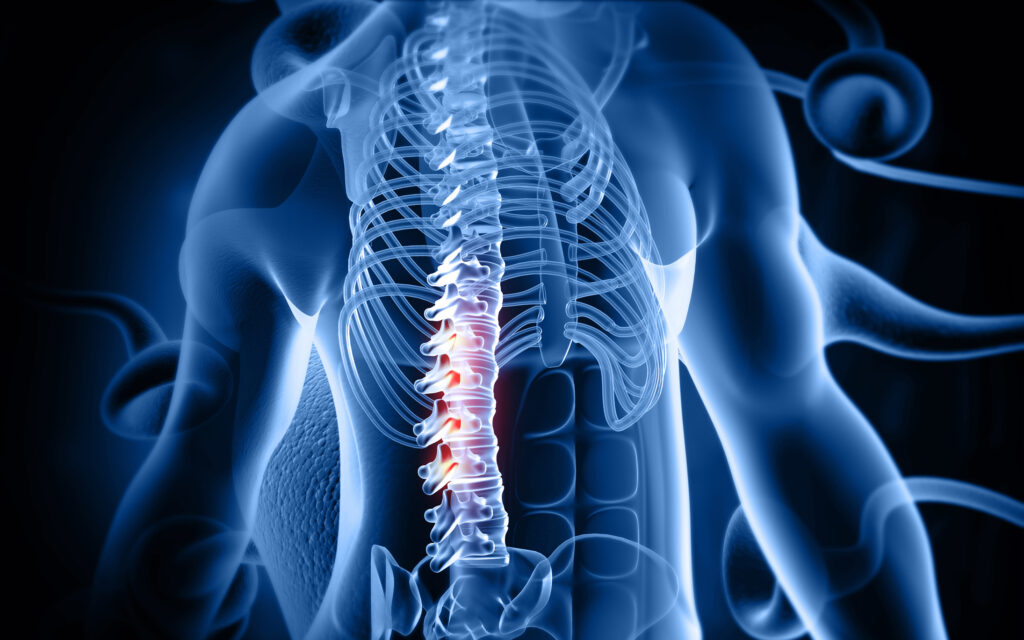Intervertebral disc (IVD) degeneration is a prevalent issue that affects millions globally, serving as a leading cause of lower back pain (LBP). Traditional treatments often focus on alleviating symptoms rather than addressing the underlying degenerative processes, which can lead to chronic pain and reduced quality of life. However, recent research is exploring innovative therapies that target the root causes of IVD degeneration.
A promising approach in this field is cell transplantation, particularly using human nucleus pulposus cells (hNPC). This strategy has shown potential in early-stage IVD degeneration, but several challenges remain, such as ensuring cell viability, retention, and the ability to thrive in the harsh environments of the host. A recent study aimed to address these challenges by comparing the injectability and biocompatibility of hNPCs attached to two types of microscaffolds designed for minimally invasive delivery into the IVD.
The researchers developed these microscaffolds from poly(lactic-co-glycolic acid) (PLGA) using advanced techniques such as electrospinning and femtosecond laser structuration. These scaffolds were then rigorously tested for their physical properties, injectability, and biocompatibility. The study evaluated critical factors such as cell adhesion, proliferation, and survival in both in vitro and ex vivo settings using a hydrogel-based nucleus pulposus model.
The results were promising. The microscaffolds showcased enhanced surface architecture, which significantly facilitated cell adhesion and proliferation. The process of laser structuration notably improved the porosity of the scaffolds, further supporting cell attachment and the deposition of extracellular matrix materials, essential for tissue health and regeneration.
Injectability tests highlighted another significant advantage: the microscaffolds could be delivered through small-gauge needles with minimal force while maintaining high cell viability. This feature underscores the potential for these scaffolds to be integrated into minimally invasive surgical procedures, which could lead to faster recovery times and reduced patient discomfort.
The findings from this study suggest that laser-structured PLGA microscaffolds represent a viable option for minimally invasive cell delivery aimed at treating discogenic lower back pain. By enhancing cell viability and retention within the IVD, these microscaffolds could lead to significant improvements in the therapeutic efficiency of cell-based treatments.
The research was conducted by a collaborative team of scientists, including Paweł Nakielski, Alicja Kosik-Kozioł, Chiara Rinoldi, Daniel Rybak, Namdev More, Jacob Wechsler, Tomasz P Lehmann, Maciej Głowacki, Bogusz Stępak, Magdalena Rzepna, Martina Marinelli, Massimiliano Lanzi, Dror Seliktar, Sarah Mohyeddinipour, Dmitriy Sheyn, and Filippo Pierini. Their work represents a significant step forward in the field of regenerative medicine and offers hope for more effective treatments for lower back pain caused by intervertebral disc degeneration.


